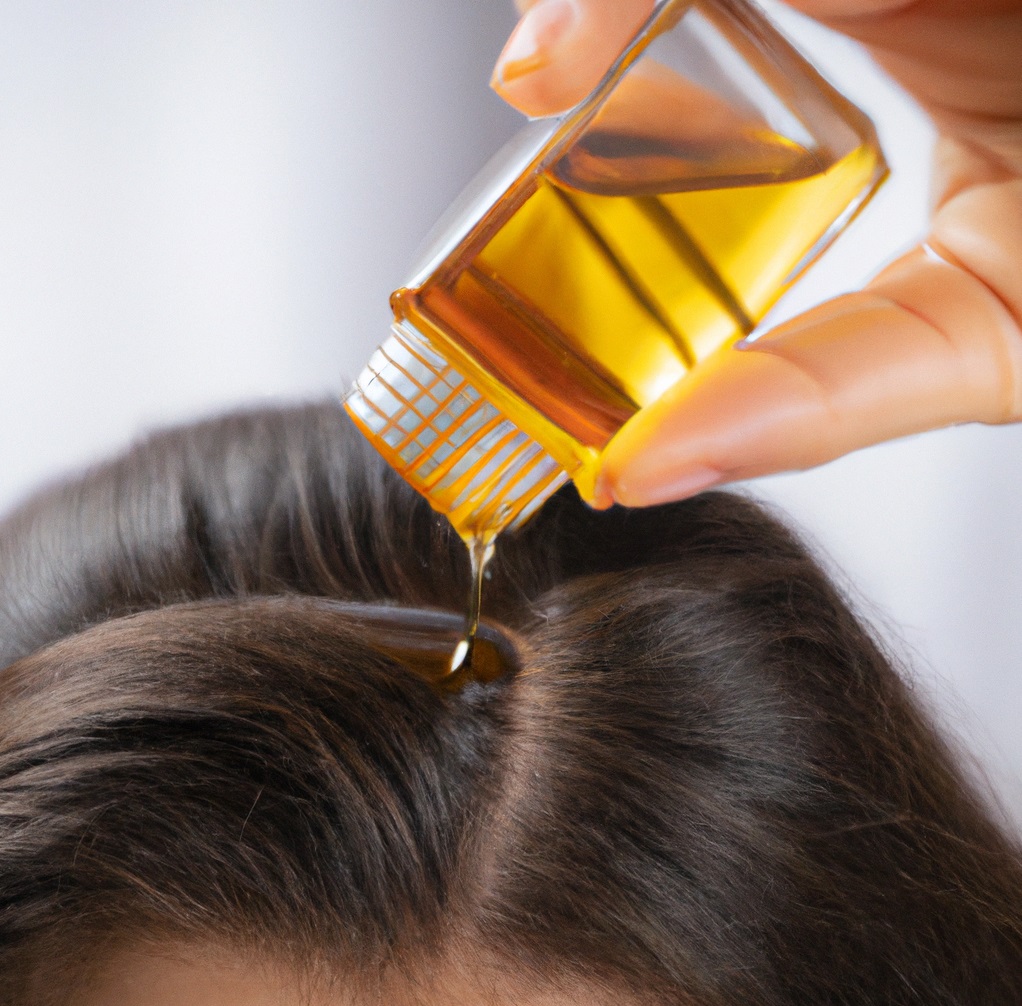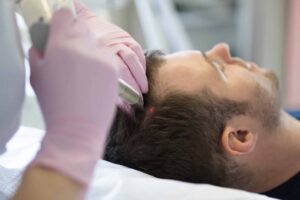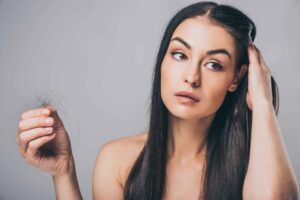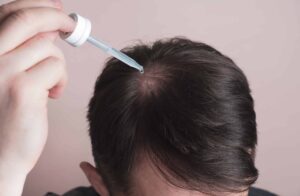
Hair Loss Diet: Foods for Hair Growth and Thickness
Hair Loss Diet: Foods for Hair Growth and Thickness When it comes to treating hair loss, what you eat is just as important as the products you use. A good diet can help supply the essential nutrients your hair needs


















